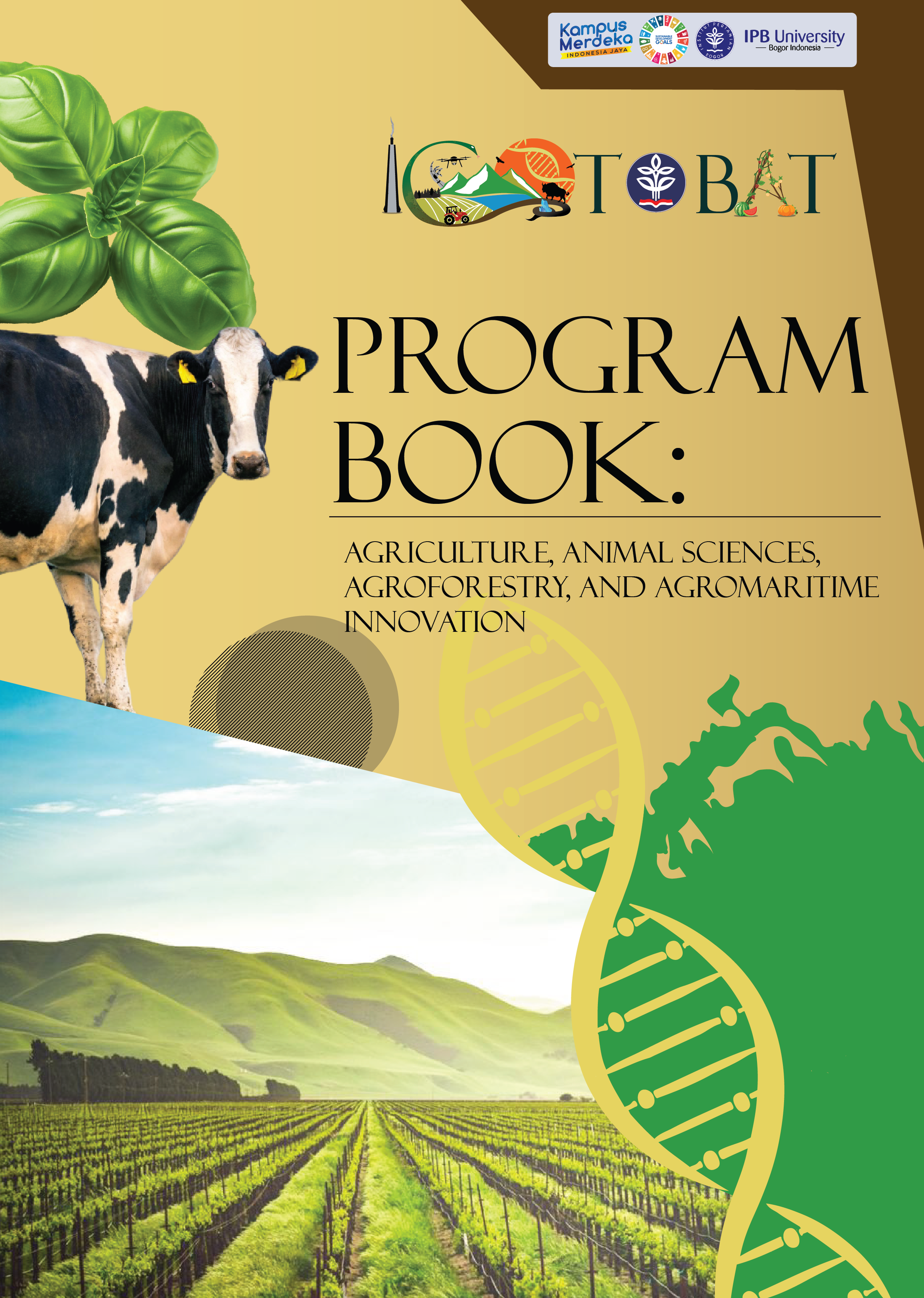GENETIC VARIABILITY AND PATHWAY ANALYSIS OF AGRONOMIC CHARACTERS ON ZINC CONTENT AND YIELD IN BIOFORTIFIED RICE LINES
Abstract
Zinc (Zn) is an essential micronutrient for plants as well as humans. The assembly of high zinc rice varieties on colored rice will increase the added nutritional value of the rice consumed. The diversity of zinc content based on the color of rice needs to be known to see the opportunity to obtain colored rice varieties with high zinc advantages. The level of correlation and pathway information are needed to know as a tool to help select high Zn lines based on the selection index. This study aims to determine the potential of zinc based on the color of brown rice and to know the correlation and pathway of morpho-agronomic characters on the character of grain zinc. The research was carried out by the ICRIST Breeding Laboratory from February to July 2022. A total of 970 lines resulting from bi-parental crosses and 10 varieties were used as research material. Analysis of zinc content using the X-Ray Fluorescence method of the XRF Machine Supreme8000. The results showed that there was a significant difference in Zn content based on brown rice color. White rice has the widest range of zinc content compared to brown and black rice. The maximum zinc potency found in white rice was 55,82 mg kg-1 and the maximum potential yield was 138,29 g per clump. The rice genotypes of all black rice types have a range of zinc content above the Inpari IR Nutri Zinc potency. Black rice type C was the one with the widest variety. Types of black rice that had a very high chance of zinc content and high yield potential were the Black-B and Black-E types. The character with the highest positive indirect influence value was the character of the number of empty grains per hill through the character of harvest age (PJGH-UP = 0.145). The character with the highest negative indirect influence value is the number of filled grains per hill through the weight of filled grains per hill (PJGI-BI = -0.371).






























